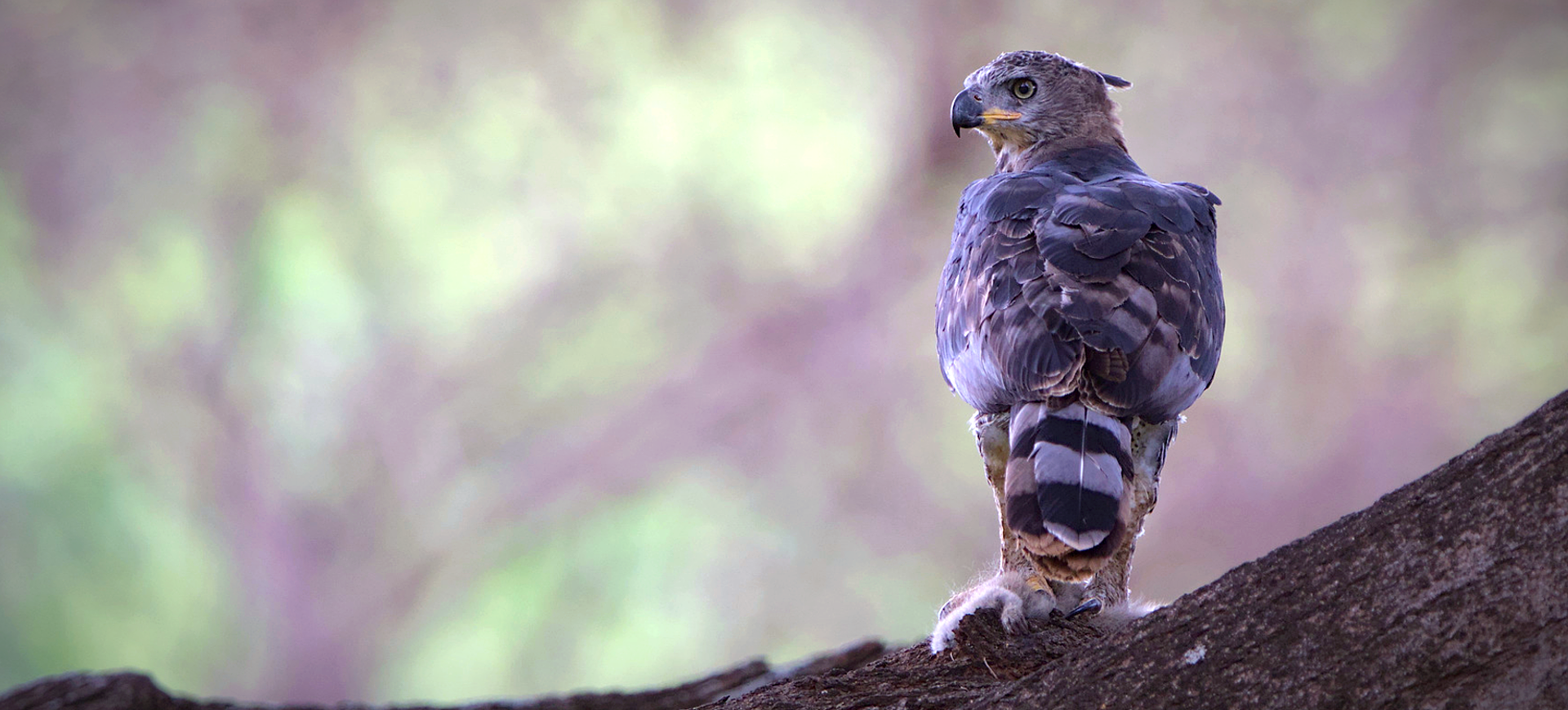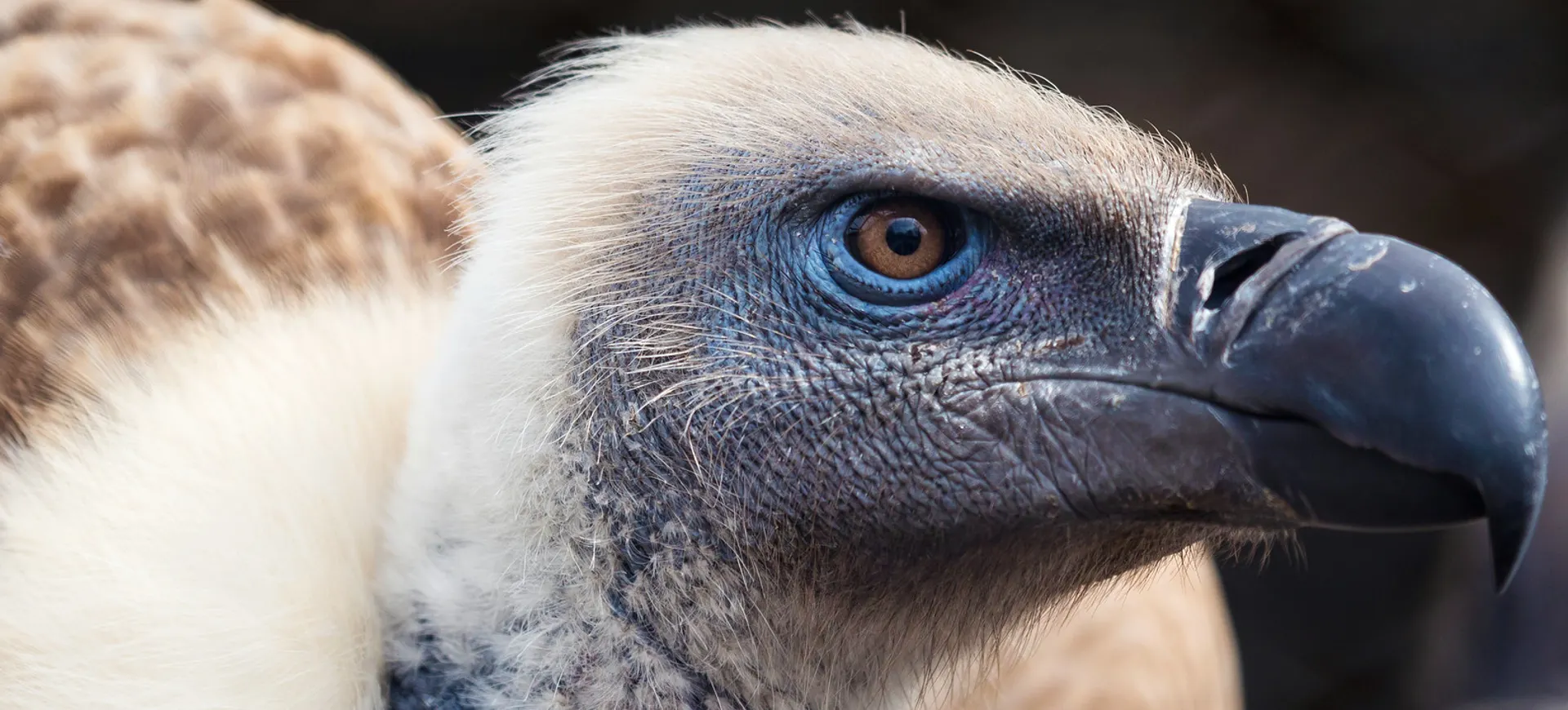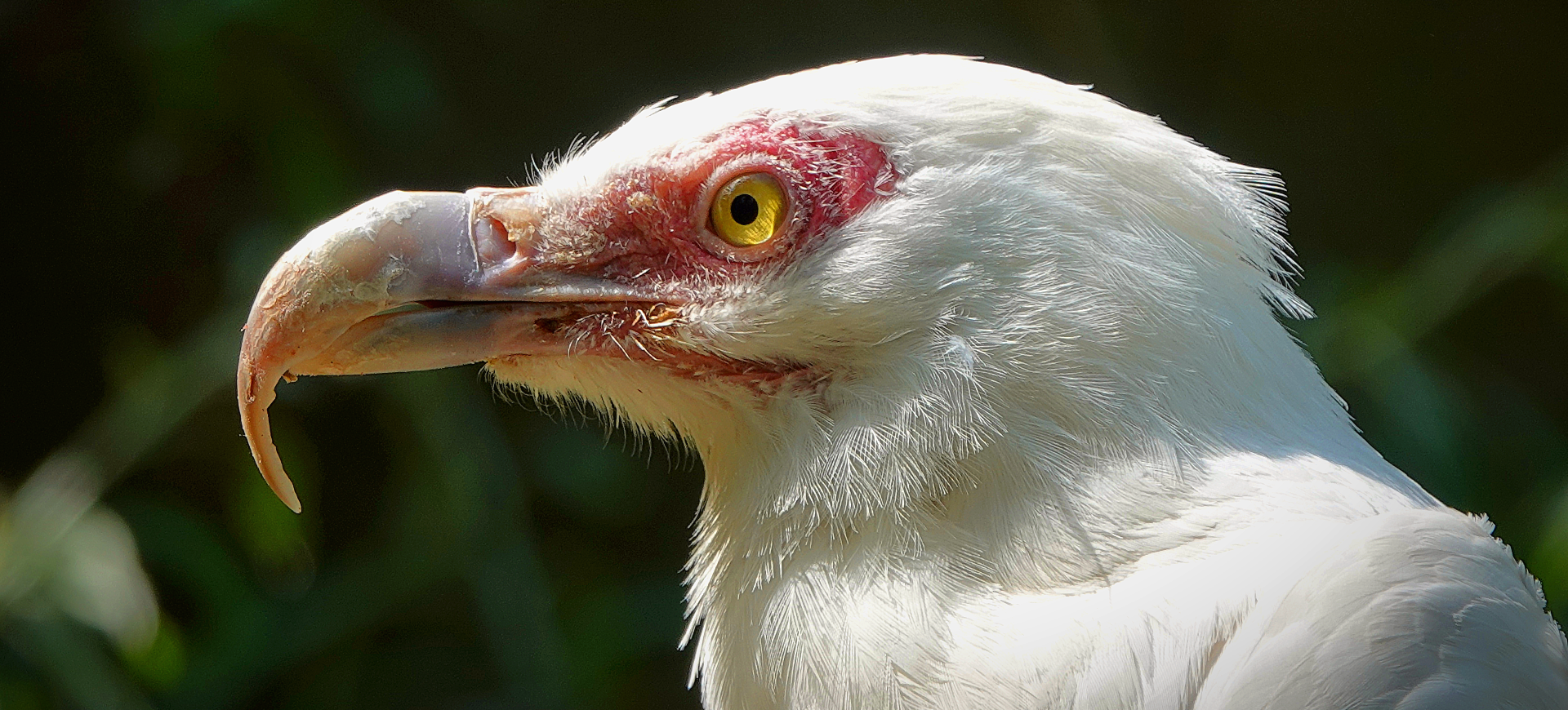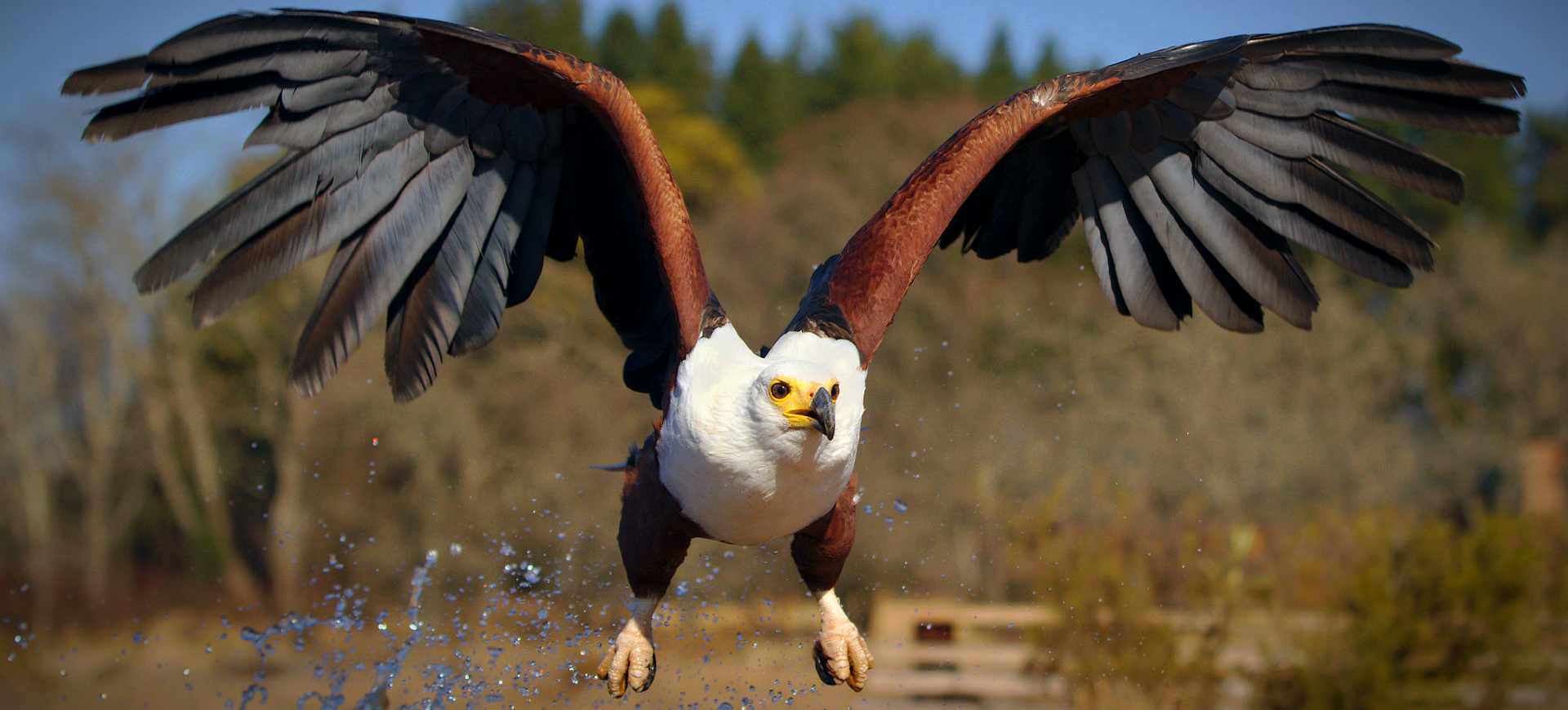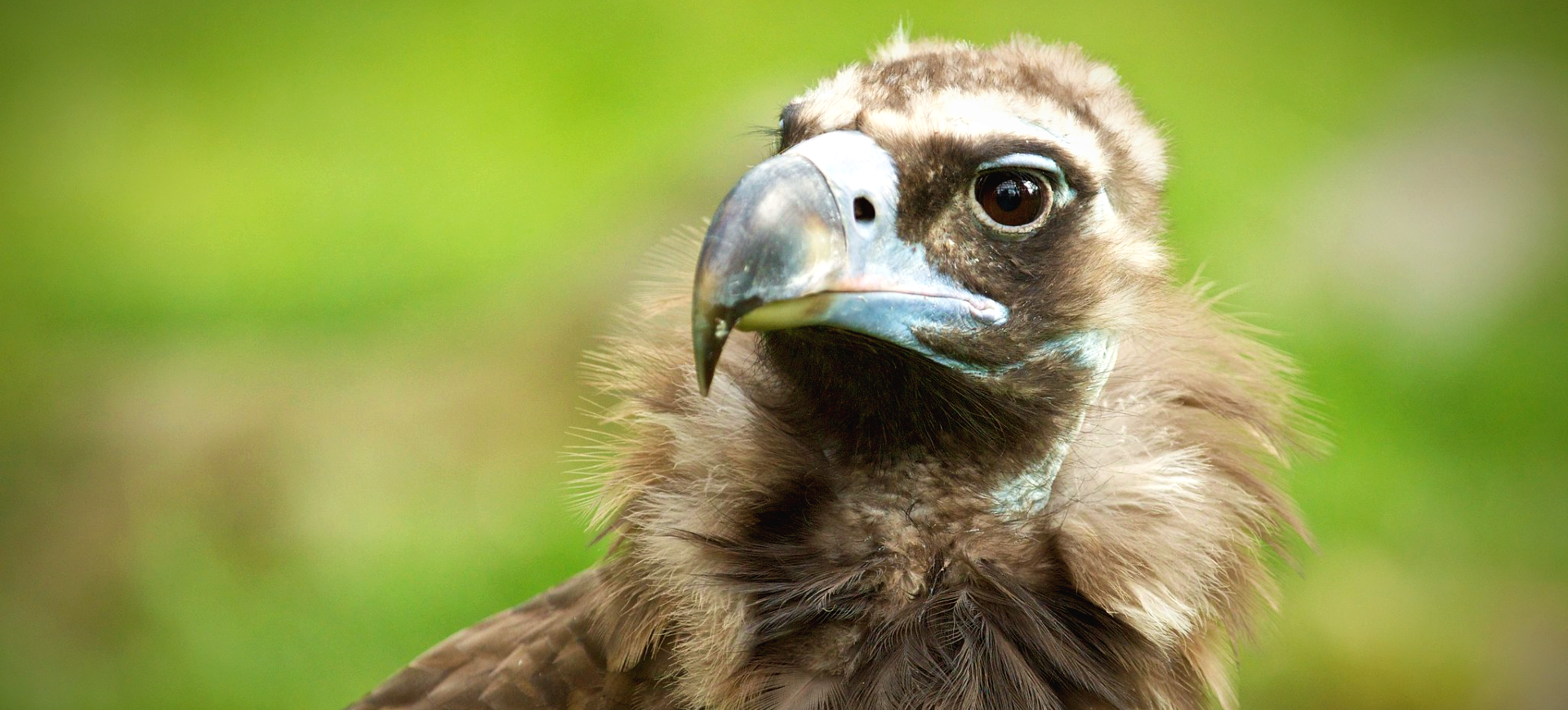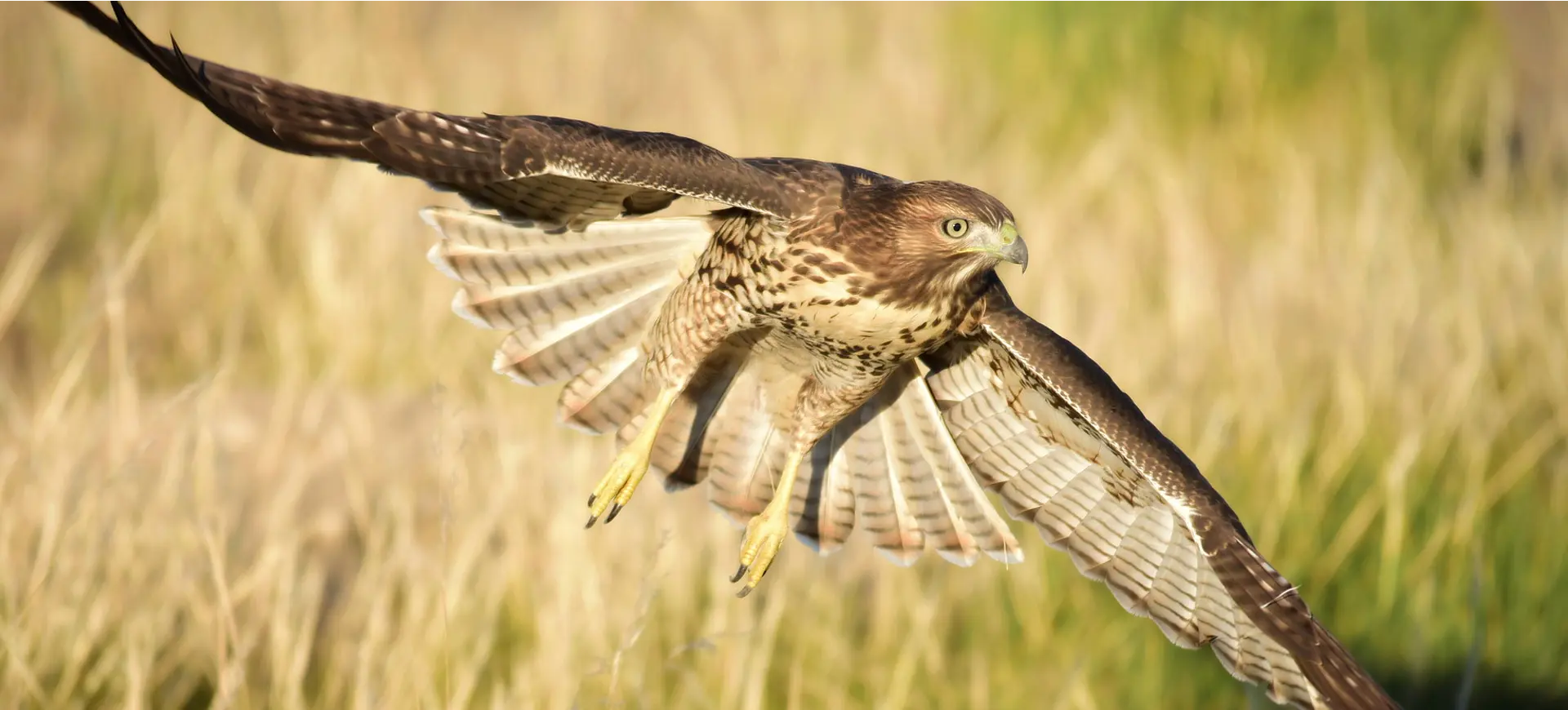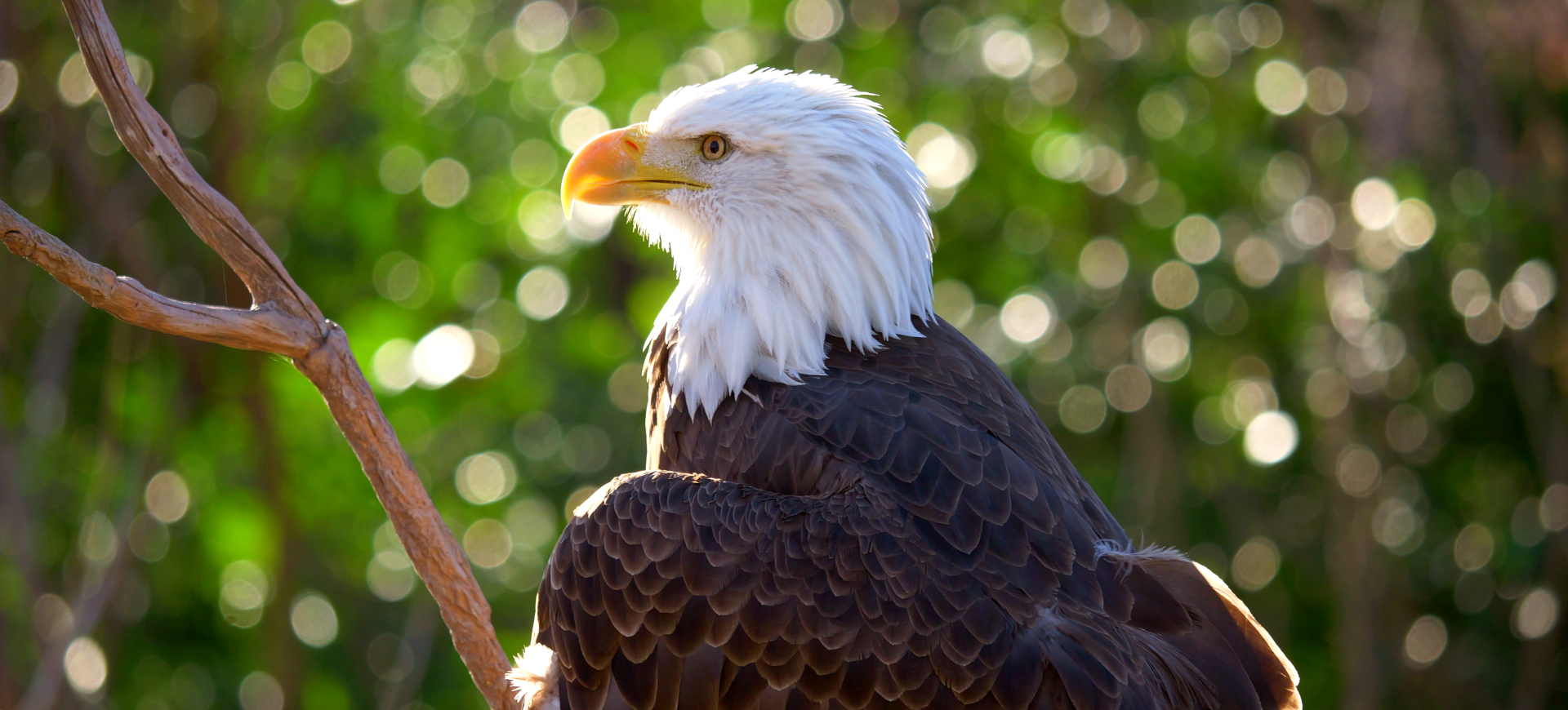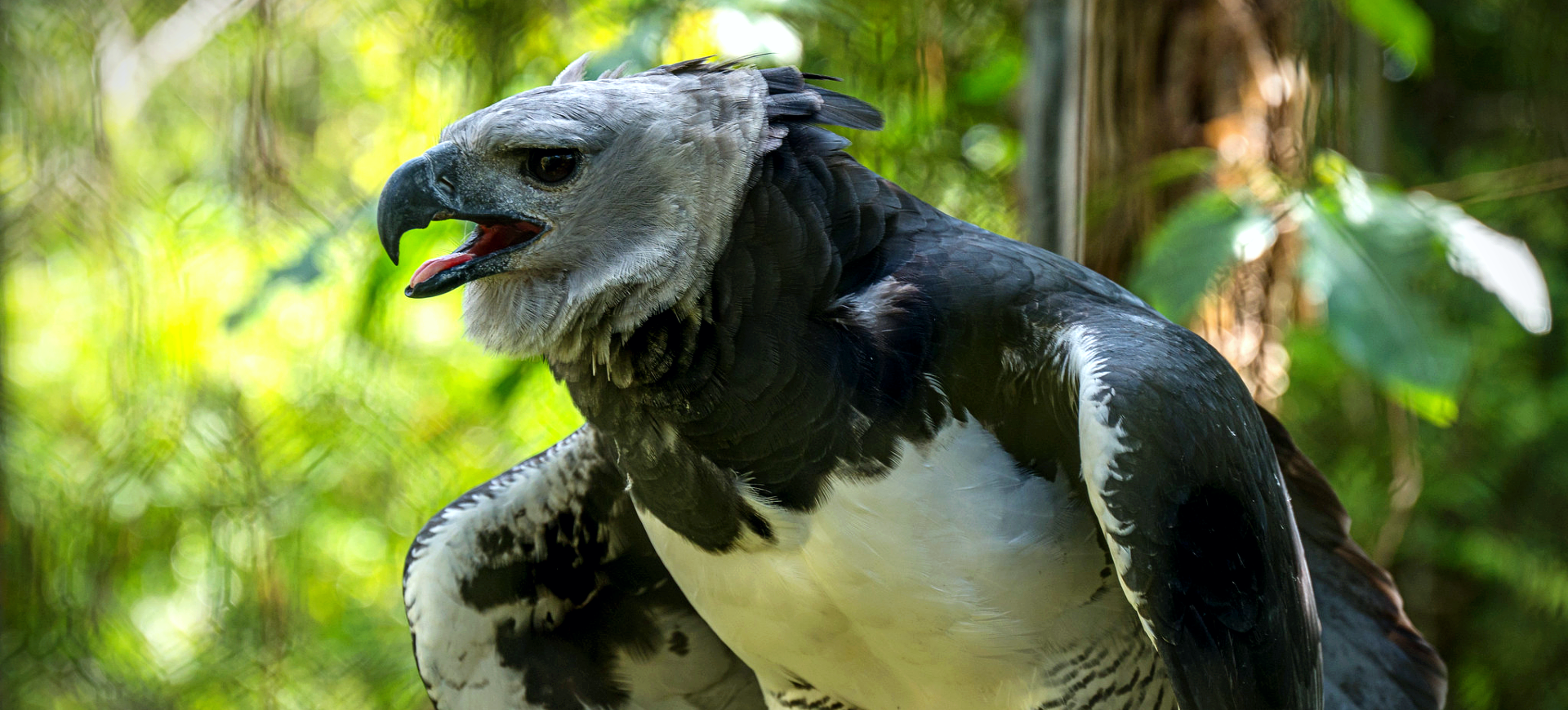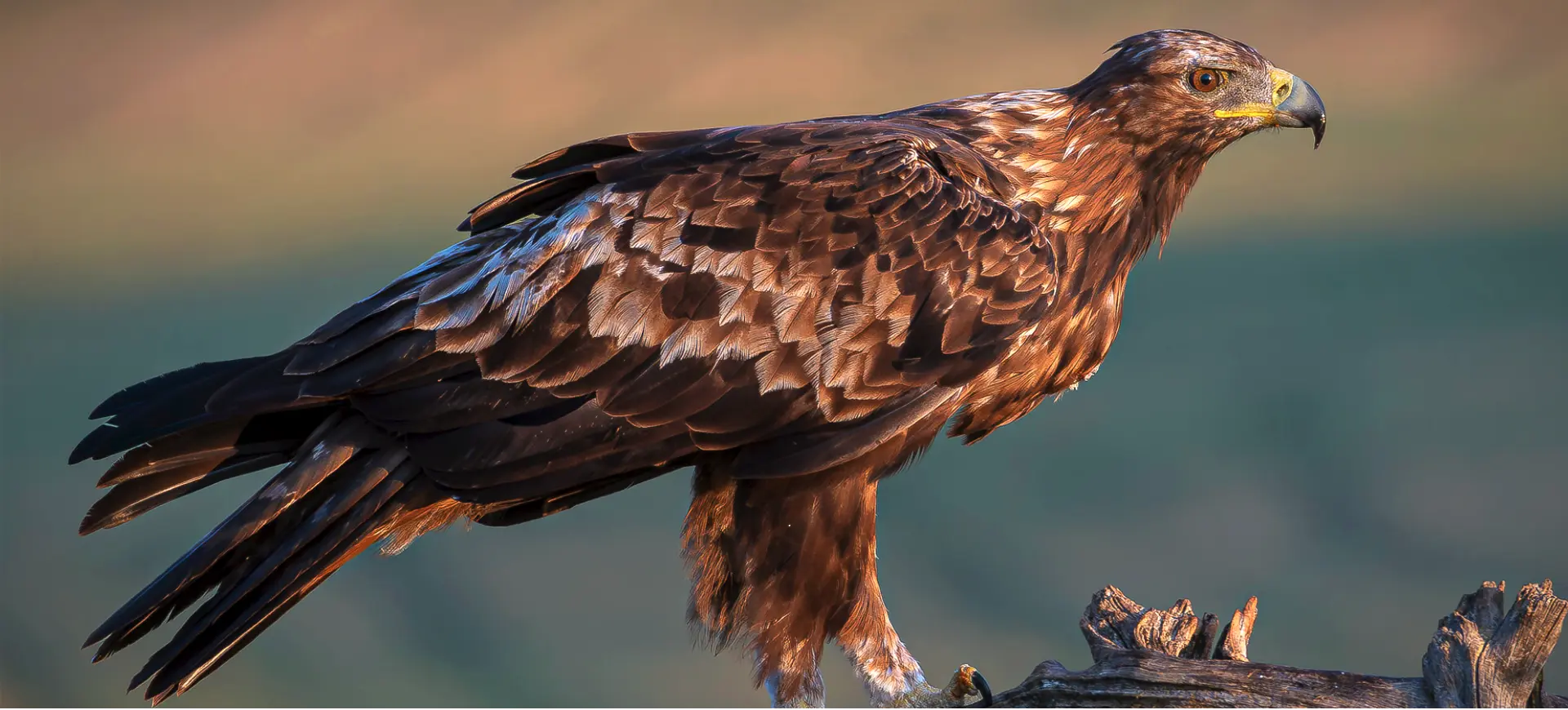Overview
The Hooded Vulture, scientifically known as Necrosyrtes monachus, is a bird of prey belonging to the family Accipitridae. It is relatively small compared to other vulture species, with a distinctive bare, pinkish head and a dark body. This species is known for its adaptability to various environments, often seen in natural and human-modified landscapes. The Hooded Vulture plays a crucial role in the ecosystem by acting as a scavenger, feeding primarily on carrion and contributing to the cleanliness of its habitat.
The Hooded Vulture is characterized by its unique foraging behavior, often observed feeding on smaller carcasses than other vultures. It possesses a keen sense of smell and sight, aiding in locating food sources. This vulture also follows human activities, capitalizing on waste and remains generated by people. However, its presence in urban areas has led to conflicts with humans, influencing its conservation status.
Despite its ecological importance, the Hooded Vulture faces numerous threats, including habitat loss, poisoning, and reduced food availability due to overhunting of wild game. These factors have contributed to a significant decline in its population across its range. Conservation efforts are increasingly focused on habitat protection, reducing human-wildlife conflicts, and raising awareness about the importance of vultures in maintaining healthy ecosystems.
Taxonomy
Kingdom
Phylum
Class
Order
Family
Genus
Species
Type
Physical Description:
The Hooded Vulture has a distinctive appearance, characterized by its small size and contrasting colors. The bird’s head and neck are nearly bare, displaying a pinkish to reddish skin tone, while the plumage on the body is primarily dark brown. Its beak is relatively slender and hooked, adapted for tearing flesh. The Hooded Vulture’s legs are long and pale, with powerful nails, although weaker than those of larger vulture species.
Adult Hooded Vultures exhibit sexual dimorphism, with females slightly larger than males. Both sexes have a wingspan that enables efficient soaring and gliding. The vulture displays broad wings and a short tail in flight, distinguishing it from other vulture species. Its flight pattern is often described as buoyant, utilizing thermals to gain altitude with minimal effort.

Lifespan: Wild: ~20 Years || Captivity: ~25 Years

Weight: Male: 3.5-5.3 lbs (1.6-2.4 kg) || Female: 4.4-6.2 lbs (2-2.8 kg)

Length: Male: 22-24 inches (56-61 cm) || Female: 24-26 inches (61-66 cm)

Wingspan: Male & Female: 55-65 inches (140-165 cm)

Top Speed: 35 mph (56 km/h)
Characteristic:
Native Habitat:
The Hooded Vulture is native to Sub-Saharan Africa, inhabiting many environments. It is commonly found in open savannas, grasslands, forest edges, and urban areas. The species is particularly adapted to living near human settlements, often seen around villages, towns, and garbage dumps. This adaptability has allowed it to exploit various habitats, but it has also increased human-vulture conflicts.
In more natural settings, Hooded Vultures prefer open areas with scattered trees, which provide perching and nesting sites. They are less common in dense forests and desert regions. The availability of carrion, which is central to their diet, greatly influences their habitat choice. Despite their adaptability, habitat destruction and changes in land use are major challenges affecting their natural habitats.
Biogeographical Realms:
Continents:
Countries:
Diet:
Diet & Feeding Habits:
The diet of the Hooded Vulture is predominantly scavenged carrion, making it a vital component of the ecosystem for waste disposal and disease control. Unlike larger vultures, it often feeds on smaller carcasses like rodents and other small mammals. This species also consumes insects, fallen fruit, and, occasionally, small live prey. The Hooded Vulture’s scavenging behavior plays a critical role in maintaining the balance of ecosystems by preventing the spread of diseases from decaying carcasses.
Hooded Vultures are usually seen foraging alone or in small groups. They are often the first to arrive at a carcass due to their habit of following human activities, feeding on waste and remains. Their ability to adapt to various food sources has allowed them to survive in rural and urban environments. However, changes in human waste management and reduced availability of natural carrion have impacted their feeding patterns, contributing to their declining numbers.
Mating Behavior:
Mating Description:
Hooded Vultures are monogamous, forming long-term pair bonds with their mates. The breeding season varies depending on the geographical location but generally occurs during the dry season when food availability is higher. Courtship involves aerial displays and mutual preening. Nesting sites are usually chosen in tall trees, and both partners participate in building the nest, which is made of sticks and lined with softer materials.
The breeding process involves a single egg laid per season. Both parents share incubation duties, lasting about 50 to 55 days. Once hatched, the chick is cared for by both parents, who take turns feeding it regurgitated food. The chick remains in the nest for about 90 to 125 days before fledging, during which time it relies entirely on its parents for food and protection.
Reproduction Season:
Birth Type:
Pregnancy Duration:
Female Name:
Male Name:
Baby Name:
Social Structure Description:
The Hooded Vulture is typically a solitary bird but can be seen in small groups, especially when feeding. It is less gregarious than some other vulture species, often arriving first at carcasses due to its ability to quickly locate food. Despite their solitary nature, these vultures display social behaviors, particularly during breeding when pairs engage in mutual preening and other bonding activities.
In urban environments, Hooded Vultures may gather in larger numbers, especially around waste disposal sites. The availability of food primarily drives their social interactions in these settings. While they do not form large, structured colonies, multiple individuals at a food source can lead to competitive behavior. Overall, their social structure is flexible, adapting to the availability of resources in their environment.
Groups:
Conservation Status:
Population Trend:
The Hooded Vulture population has experienced a rapid decline in recent years and is classified as Critically Endangered by the IUCN. The primary factors contributing to this decline include habitat loss, poisoning (both intentional and accidental), and reduced food availability. In many regions, vultures are targeted by poachers who poison carcasses to prevent the birds from signaling the presence of illegal activities.
Urban expansion and changes in waste management practices have also affected the Hooded Vulture population. As human settlements grow, natural habitats are destroyed, and traditional scavenging grounds are lost. Additionally, using veterinary drugs in livestock, which are toxic to vultures, has contributed to mortality rates. The decline of this species is concerning as it plays a critical role in the ecosystem by disposing of carcasses and controlling the spread of diseases.
Population Threats:
The main threats to the Hooded Vulture include poisoning, habitat loss, and human-wildlife conflict. Poisoning, often resulting from the use of toxic chemicals in pest control and poaching activities, has caused significant mortality. The vultures consume poisoned carcasses, leading to rapid population declines in affected areas. Habitat loss due to agricultural expansion, urbanization, and deforestation has reduced the available nesting and foraging areas for the Hooded Vulture. Human-wildlife conflict arises mainly from the vulture’s presence in urban areas, where they are often perceived as a nuisance or threat to public health. This perception can lead to direct persecution and deliberate targeting of the species. Additionally, the decline in wild ungulate populations, partly due to overhunting, has decreased natural food sources for these scavengers.
Climate change also poses a long-term threat to the Hooded Vulture. Altered weather patterns can impact the availability of carrion and suitable nesting sites, further exacerbating the challenges faced by the species. These combined threats require urgent and effective conservation measures to ensure the survival of the Hooded Vulture in the wild.
Conservation Efforts:
Conservation efforts for the Hooded Vulture are focused on habitat protection, reducing the use of poisons, and community engagement. International organizations and local conservation groups are working to create awareness about the importance of vultures in ecosystems. Educational programs aim to reduce the negative perceptions and misunderstandings about vultures.
In areas where poisoning is a major threat, efforts are being made to work with communities and authorities to reduce the use of toxic chemicals. Conservationists are also collaborating with law enforcement to tackle the issue of poaching and the associated poisoning of carcasses. Protected areas and wildlife reserves are crucial in providing safe habitats for these birds, where they can nest and forage without human interference.
Additional Resources:
Fun Facts
- Hooded Vultures play a crucial role in their ecosystems by efficiently cleaning up carcasses and reducing the spread of diseases.
- They possess a strong immune system that allows them to safely consume decaying meat, which would harm many other species.
- Unlike many vulture species, Hooded Vultures are often seen in urban areas, showcasing their adaptability to different environments.
- Their bald heads are an evolutionary adaptation that helps maintain hygiene by preventing feathers from getting soiled while feeding on carrion.
- They have an impressive wingspan and are known for their soaring flight, using thermal updrafts to glide with minimal energy expenditure.
- Hooded Vultures are typically monogamous, forming long-term pair bonds with their mates.
- They build large nests in tall trees, often returning to the same nesting sites year after year.
- They are often the first to arrive at carcasses due to their keen senses and habit of following human activities.
- In some African cultures, Hooded Vultures are respected and considered symbols of cleanliness and renewal.
- Despite their ecological importance, Hooded Vultures are critically endangered due to threats like poisoning, habitat loss, and decreased food availability.












